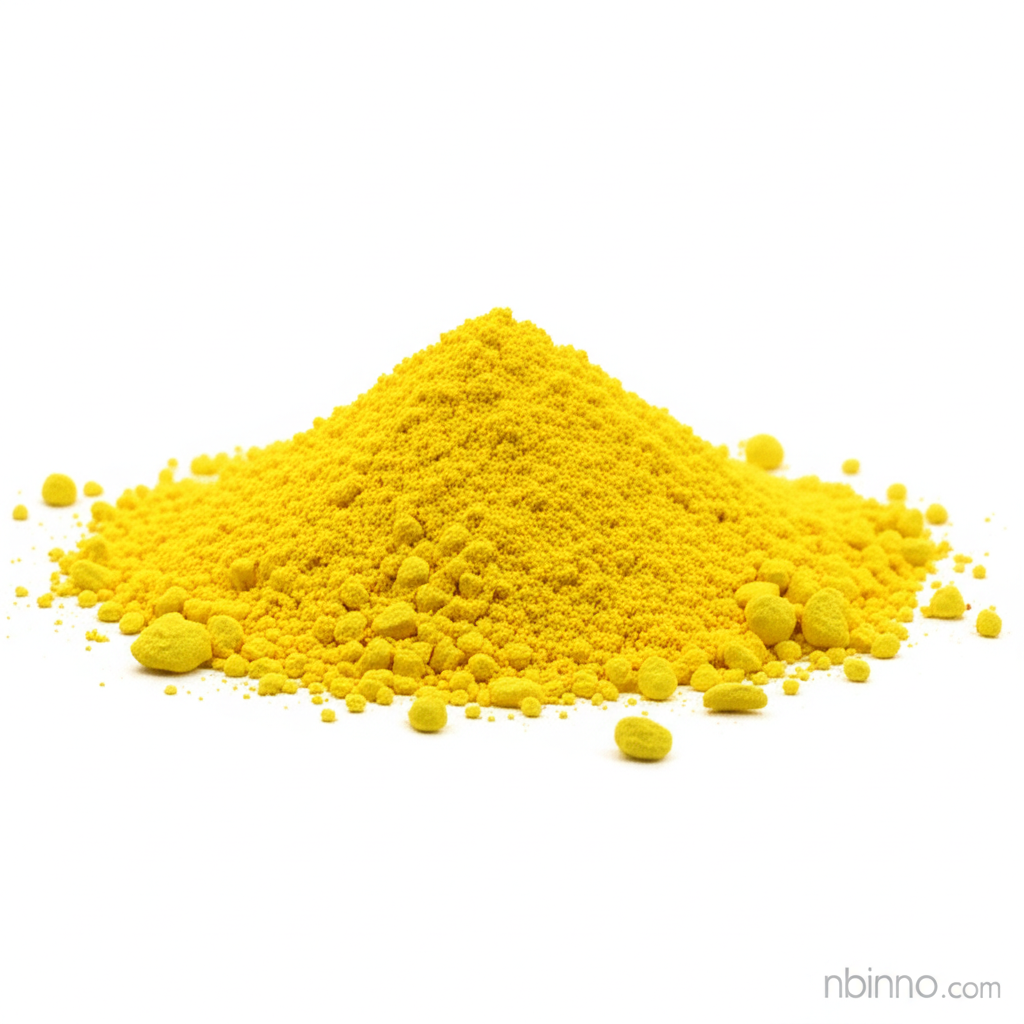4-Nitro-1,3-phenylenediamine: A Comprehensive Guide to Its Properties, Synthesis, and Applications
Explore the chemistry, uses, and research surrounding this vital organic compound.
Get a Quote & SampleProduct Core Value

4-Nitro-1,3-phenylenediamine
4-Nitro-1,3-phenylenediamine (4-NPD) is a key organic intermediate with significant utility across multiple industries. Its chemical structure, featuring amine and nitro groups on a benzene ring, makes it a versatile building block for synthesizing dyes, pharmaceuticals, and advanced materials. Research into its properties also highlights its potential biological activity and environmental impact.
- Unlock vibrant colors: Leverage 4-Nitro-1,3-phenylenediamine as a crucial dye intermediate for azo dyes, essential in textile and hair coloring applications.
- Advance drug discovery: Utilize this compound as a key pharmaceutical building block in the synthesis of potential anticancer and antimicrobial agents.
- Explore materials innovation: Incorporate 4-Nitro-1,3-phenylenediamine into the development of high-performance polymers and advanced functional materials.
- Understand its impact: Delve into the mutagenicity of 4-Nitro-1,3-phenylenediamine and the environmental considerations for its safe handling and degradation.
Key Advantages
Versatile Synthesis Pathways
Explore various synthetic routes, including catalytic hydrogenation and condensation reactions, to efficiently produce 4-Nitro-1,3-phenylenediamine and its derivatives.
Broad Application Spectrum
From vibrant textiles to life-saving pharmaceuticals, 4-Nitro-1,3-phenylenediamine serves as a foundational component across diverse sectors.
Advanced Analytical Detection
Employ cutting-edge techniques like HPLC and GC-MS for precise analysis, ensuring quality control and safety in its applications.
Key Applications
Dye Manufacturing
As a vital dye intermediate, 4-Nitro-1,3-phenylenediamine is instrumental in creating a wide spectrum of colors for textiles and hair dye products.
Pharmaceutical Development
Its structure serves as a scaffold for synthesizing potential drug candidates, contributing to advancements in areas like cancer therapy and antimicrobial research.
Materials Science
The compound is employed in developing novel polymers and materials with enhanced properties, such as thermal stability and conductivity.
Chemical Synthesis Reagent
Utilize 4-Nitro-1,3-phenylenediamine as a foundational reagent for creating complex organic molecules and heterocyclic compounds.
